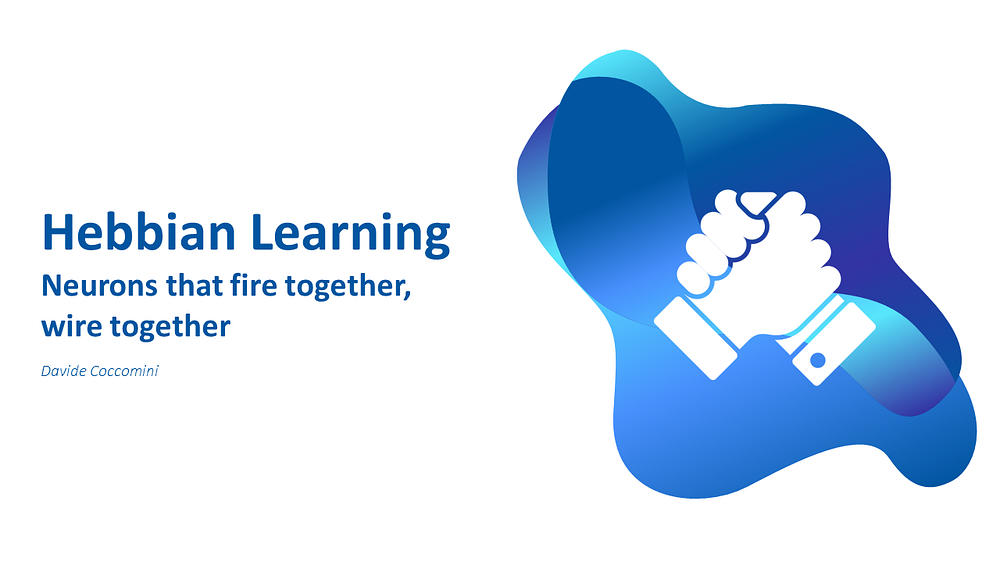
Hebbian Learning: Neurons That Fire Together, Wire Together
Last Updated on December 30, 2023 by Editorial Team
Author(s): Davide Coccomini
Originally published on Towards AI.

If we want to talk about Hebbian Learning, we need to start talking about the more general concept of bio-inspired design. Bio-inspired design, also known as biomimicry, is an innovative approach that takes cues from nature to solve human challenges. It involves studying biological systems and using the insights gained to create sustainable solutions across various domains.
Figure 1: Kingfisher inspired the Bullet Train.
Consider the case of high-speed trains and kingfishers [1]. For trains, air resistance in their passage is a serious problem because it causes a lot of noise and can prevent very high speeds from being reached. Engineers studying the kingfisher’s beak thought that designing a train taking inspiration from its shape could solve the problem, as shown in Figure 1.
The kingfisher’s beak is indeed streamlined and tapered, minimizing air resistance. This shape allows the bird to move through the air with minimal drag, reducing the force that opposes its forward motion.
In this case, the best engineering solution has been taken by the observation and imitation of nature.
Can we take inspiration from nature to improve AI systems?
In recent years, we have witnessed a continuous and unstoppable growth of artificial intelligence-based systems, and the vast majority of these impressive advances… Read the full blog for free on Medium.
Join thousands of data leaders on the AI newsletter. Join over 80,000 subscribers and keep up to date with the latest developments in AI. From research to projects and ideas. If you are building an AI startup, an AI-related product, or a service, we invite you to consider becoming a sponsor.
Published via Towards AI
Take our 90+ lesson From Beginner to Advanced LLM Developer Certification: From choosing a project to deploying a working product this is the most comprehensive and practical LLM course out there!
Towards AI has published Building LLMs for Production—our 470+ page guide to mastering LLMs with practical projects and expert insights!

Discover Your Dream AI Career at Towards AI Jobs
Towards AI has built a jobs board tailored specifically to Machine Learning and Data Science Jobs and Skills. Our software searches for live AI jobs each hour, labels and categorises them and makes them easily searchable. Explore over 40,000 live jobs today with Towards AI Jobs!
Note: Content contains the views of the contributing authors and not Towards AI.














